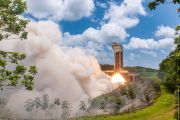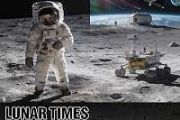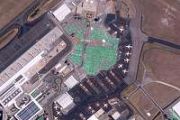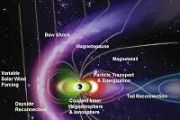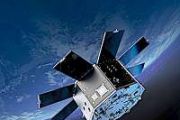
Copernical Team
US space company upbeat on next Moon mission despite lander's demise
 The head of the American space company whose lunar lander failed this week in its mission to reach the Moon expressed optimism Friday that the next attempt would achieve its goal.
"I am more confident than ever now that our next mission will be successful and land on the surface of the Moon," Astrobotic CEO John Thornton told a news conference, highlighting challenges his team had overcome i
The head of the American space company whose lunar lander failed this week in its mission to reach the Moon expressed optimism Friday that the next attempt would achieve its goal.
"I am more confident than ever now that our next mission will be successful and land on the surface of the Moon," Astrobotic CEO John Thornton told a news conference, highlighting challenges his team had overcome i From Asteroid Bennu to Earth: NASA Reveals New Findings in OSIRIS-REx Mission
 The astromaterials curation team at NASA's Johnson Space Center in Houston has at last completed the intricate process of disassembling the OSIRIS-REx sampler head, revealing the remaining sample of the asteroid within.
This development marks a crucial step in the OSIRIS-REx mission, a project aimed at understanding the origins and evolution of our solar system. Asteroids like Bennu are co
The astromaterials curation team at NASA's Johnson Space Center in Houston has at last completed the intricate process of disassembling the OSIRIS-REx sampler head, revealing the remaining sample of the asteroid within.
This development marks a crucial step in the OSIRIS-REx mission, a project aimed at understanding the origins and evolution of our solar system. Asteroids like Bennu are co Ingenious Flying Robot Phones Home From Mars
 NASA has re-established contact with its tiny helicopter on Mars, the US space agency said Saturday, after an unexpected outage prompted fears that the hard-working craft had finally met its end.
Ingenuity, a drone about 1.6 feet (0.5 meters) tall, arrived on Mars in 2021 aboard the rover Perseverance and became the first motorized craft to fly autonomously on another planet.
Data from t
NASA has re-established contact with its tiny helicopter on Mars, the US space agency said Saturday, after an unexpected outage prompted fears that the hard-working craft had finally met its end.
Ingenuity, a drone about 1.6 feet (0.5 meters) tall, arrived on Mars in 2021 aboard the rover Perseverance and became the first motorized craft to fly autonomously on another planet.
Data from t Muninn: First space mission for ESA’s Marcus Wandt begins
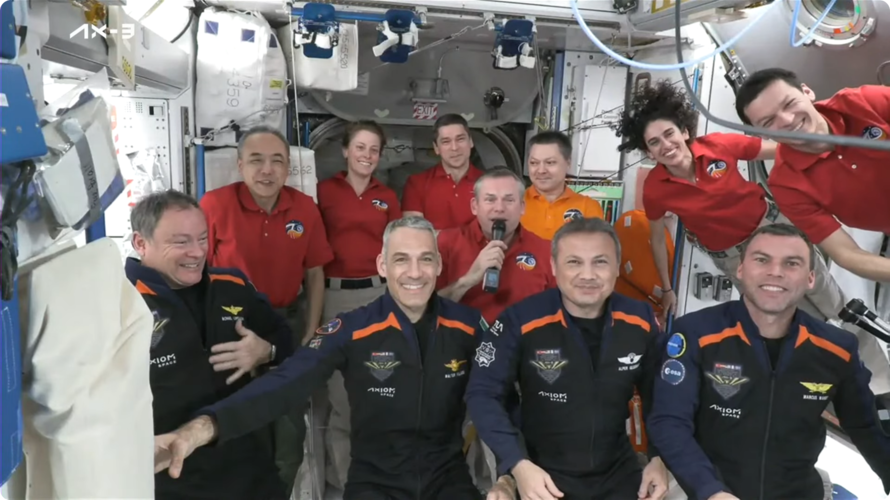
Japan's 'Moon Sniper' lands but power running low
 Japan on Saturday became the fifth nation to achieve a soft lunar landing, but said its "Moon Sniper" spacecraft was running out of power due to a solar battery problem.
After a nail-biting 20-minute descent, space agency JAXA said its Smart Lander for Investigating Moon (SLIM) had touched down and communication had been established.
But without the solar cells functioning, JAXA official
Japan on Saturday became the fifth nation to achieve a soft lunar landing, but said its "Moon Sniper" spacecraft was running out of power due to a solar battery problem.
After a nail-biting 20-minute descent, space agency JAXA said its Smart Lander for Investigating Moon (SLIM) had touched down and communication had been established.
But without the solar cells functioning, JAXA official European crew arrives at ISS on private mission
 An all-European crew including Turkey's first astronaut arrived at the International Space Station on Saturday on a voyage chartered by Axiom Space.
Dubbed Axiom Mission 3 (Ax-3), it is the company's third launch to the space laboratory and the first where all three of the paid seats were bought by national agencies, rather than wealthy individuals.
The spacecraft docked at the ISS at 10
An all-European crew including Turkey's first astronaut arrived at the International Space Station on Saturday on a voyage chartered by Axiom Space.
Dubbed Axiom Mission 3 (Ax-3), it is the company's third launch to the space laboratory and the first where all three of the paid seats were bought by national agencies, rather than wealthy individuals.
The spacecraft docked at the ISS at 10 Marcus and Muninn are flying
 Video:
00:03:52
Video:
00:03:52
ESA project astronaut Marcus Wandt took off on 18 January 2024 as part of the Axiom-3 crew for a 14-day mission to the International Space Station. After 36 hours catching up to the Space Station, the Dragon docked to the Space Station, the seal between the two tested and finally Marcus started his Muninn mission as he entered the International Space Station. ESA astronaut Andreas Mogensen along with the rest of the crew of Expedition 70 was waiting to welcome them to space!
Watch live: Marcus Wandt docks to the Space Station
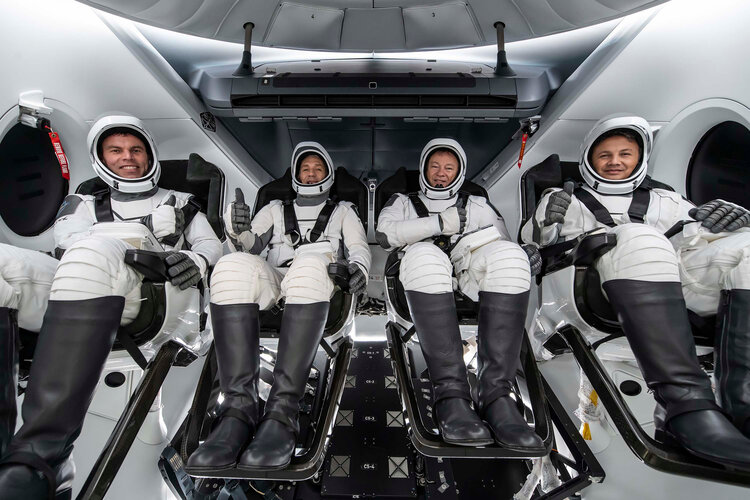
UPDATE: Tune in on Saturday 20 January from 07:30 GMT (08:30 CET) to see ESA project astronaut Marcus Wandt dock to the International Space Station for his first mission, Muninn. Watch the action live on ESA Web TV 2 and ESA YouTube.
Peregrine spectrometer, over and out

Yesterday, Astrobotic’s Peregrine lunar lander returned to Earth, burning up upon its reentry through the atmosphere. Although the spacecraft was not able to land on the lunar surface, ESA’s Exospheric Mass Spectrometer, the heart of a joint NASA and ESA instrument onboard destined to sniff the Moon’s surface, was able to demonstrate full functionality in space.
Webb reveals that galaxy mergers are the solution to early Universe mystery
 One of the key missions of the NASA/ESA/CSA James Webb Space Telescope is to probe the early Universe. Now, the unmatched resolution and sensitivity of Webb's NIRCam instrument have revealed, for the first time, what lies in the local environment of galaxies in the very early Universe. This has solved one of the most puzzling mysteries in astronomy - why astronomers detect light from hydrogen at
One of the key missions of the NASA/ESA/CSA James Webb Space Telescope is to probe the early Universe. Now, the unmatched resolution and sensitivity of Webb's NIRCam instrument have revealed, for the first time, what lies in the local environment of galaxies in the very early Universe. This has solved one of the most puzzling mysteries in astronomy - why astronomers detect light from hydrogen at 











